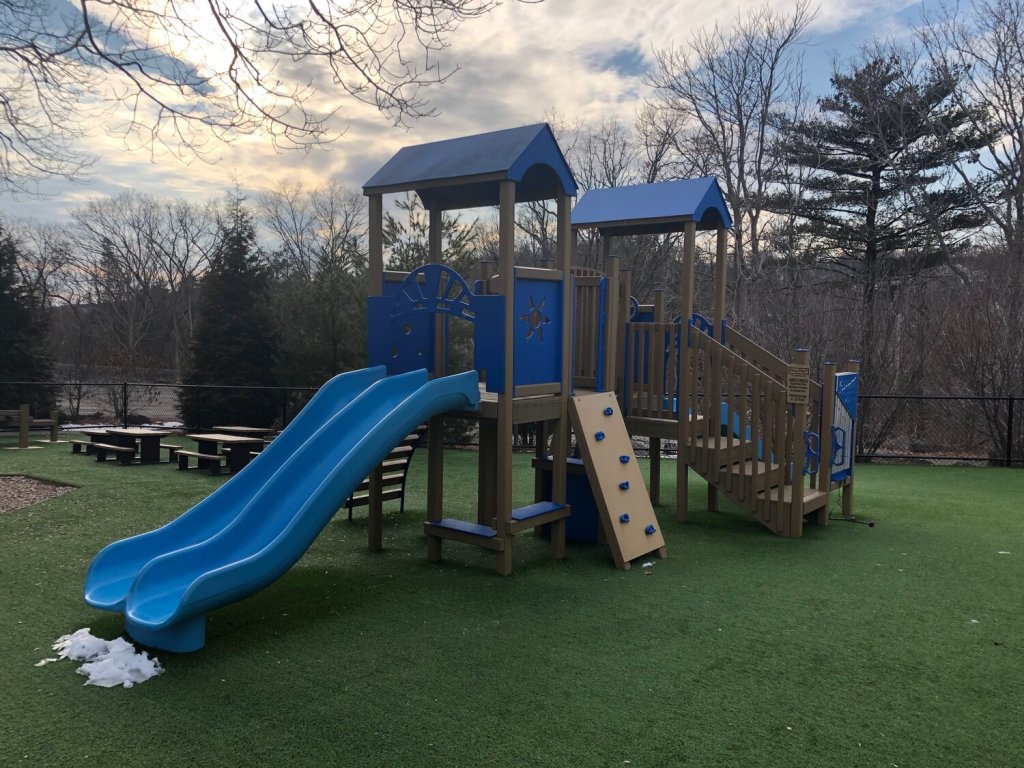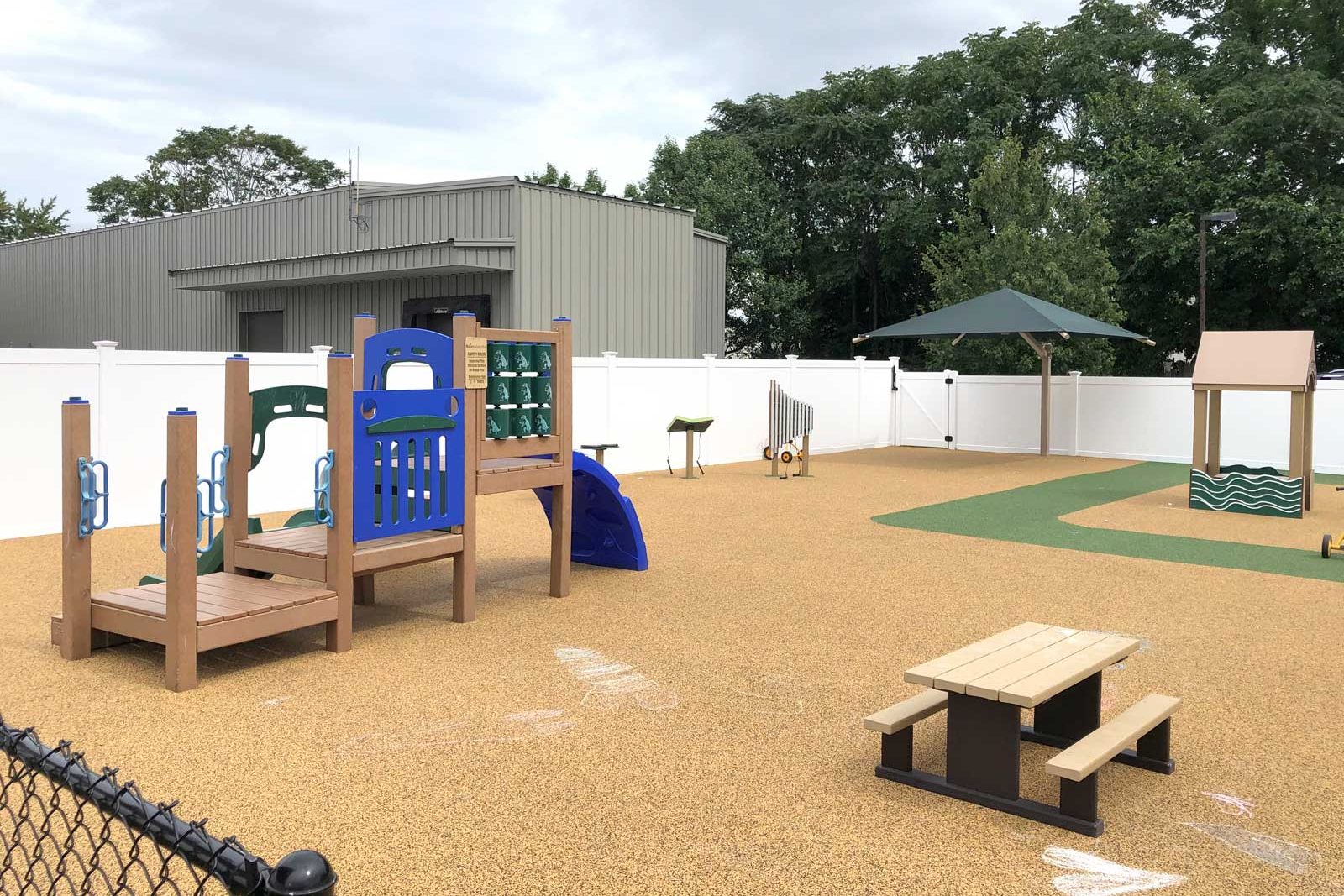If you are having a playground built, you’ll want to make sure the playground equipment, playground surfacing and playground furnishings are well suited for the age of the kids who will use it. Toddlers have quite different play preferences and needs from pre-teens after all. Playground manufacturers typically make playgrounds for three age groups: 6 – 23 months, 2 – 5 years, and 5 – 10 years. So, how do these playgrounds really differ? Take a look.
PLAYGROUNDS FOR 6 – 23 MONTHS
Children in this age group are usually referred to as “pre-toddlers.” Playgrounds designed for their needs need to meet specific guidelines set about by two different organizations: the U.S. Consumer Product Safety Commission (CPSC), and the American Society for Testing and Materials (ASTM).
First of all, playgrounds for these very young children need to be designed to fit their tiny bodies. Seat heights are very low: 7 inches. Table heights are only 14 inches.
Playsets for pre-toddlers tend to have a lot of mentally stimulating elements, such as knobs and spinners that turn. You may also see tactile elements, such as shapes with different textures. Flooring is usually rubber and soft to protect the knees and hands of crawling children.

PLAYGROUNDS FOR 2 – 5 YEARS
Children in this age group are usually called toddlers, and the CPSC and ASTM have guidelines for playgrounds for them, too. The equipment can be a little taller and higher. Seats are 10.5 inches tall, and tables are 20 inches tall.
Playground equipment for toddlers is designed with the knowledge that these kids are more independent. You’ll see a lot of equipment that challenges kids to climb, balance, and pull themselves up. Surfaces and floors are still padded to reduce the chance of injury if a child falls.
PLAYGROUNDS FOR 5 – 10 YEARS
Kids in this age group are referred to as elementary students in the ASTM and CPSC guidelines. Equipment for them has seat heights of 16 inches and table heights of 25 inches.
Playgrounds for elementary kids allow for more independence. This is where you see swings, classic slides, monkey bars, and more involved climbing walls. Elementary playgrounds are what many people picture when they hear the word “playground.”
A playground built for the right age group will be safer and more enjoyable for the kids who use it! Always make sure you’re building for the right age range before you have a playground designed and installed.
About Premier Park & Play
Premier Park & Play is a family owned and operated playground equipment supplier for schools, parks, child care centers, apartments, campgrounds and more in Massachusetts, Connecticut, Rhode Island, New Hampshire, Vermont, and Maine.
Our products include playground equipment, playground surfacing, site furnishings, shelters and shades, outdoor sport and fitness equipment, spray park / splash pad /water play, outdoor musical instruments, dog parks, bleachers and more. Contact us at premierparkplay@verizon.net.
